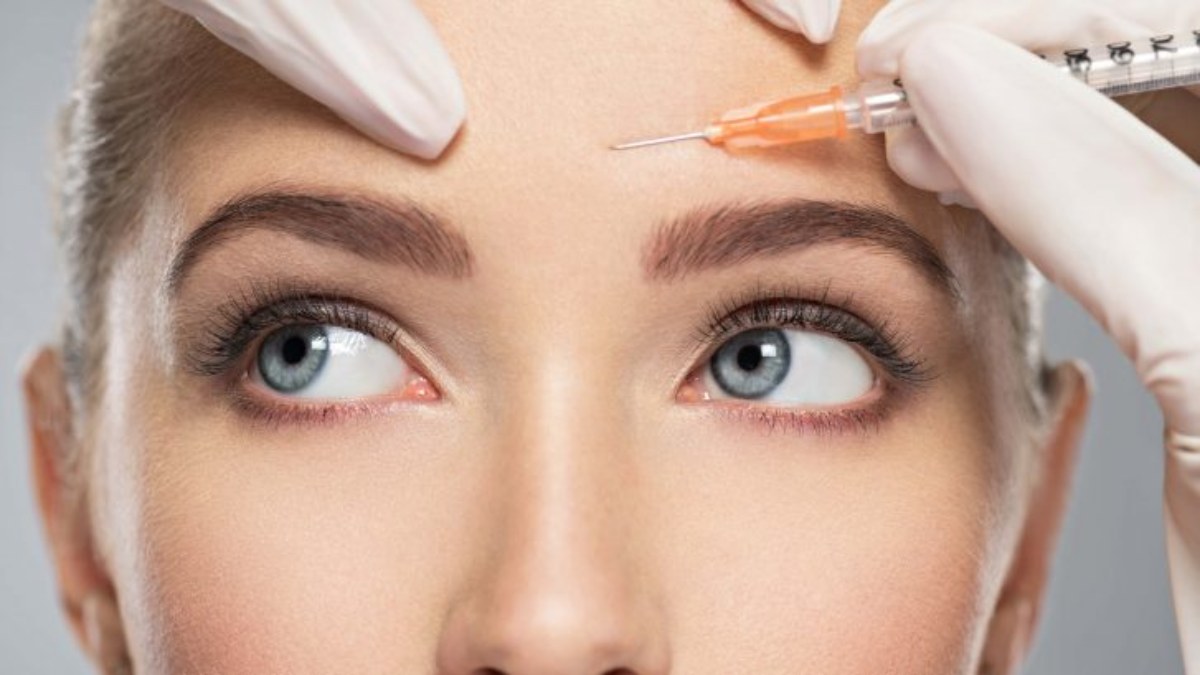Botox competitor: The rejuvenating agent Azzalure is called the main competitor to Botox. Azzalure botox was previously widely used under the Dysport brand, however, it was only used to treat serious states such as cerebral paralysis, facial twitches, or strokes. Now, this tool is actively used by plastic surgeons.
It contains a special protein known as botulinum toxin, which is provided by the bacteria Clostridium botulinum. In huge portions, this protein leads to severe disease of botulism, and in little applications, it has a pronounced cosmetological effect.

A series of injections into the front area causes the tissues to catch, which smoothes wrinkles. But this is not the main benefit of Azzalure over botox. The fact is that the new remedy is much cheaper than the “miracle gel”, which is so popular among celebrities and aging secular lionesses. For example, Azzalure rejuvenator only requires £ 1 per unit in UK clinics, while they pay £ 4-6 for Botox. Depending on the depth plus intensity of the lines, cases will need to inject up to 30 units of the drug into each area.
But still, what are the fundamental biological distinctions within these two drugs? “Botox has a more significant composition, that does not” blur “series as far as Azzalure. In other words, Botox has a higher injection accuracy. For example, in the sight area. The likelihood that toxins will “escape” outside the shot zone, managing to droop of the eyelid or eyebrows. “
Pharmacokinetic characteristics of the preparation
The pharmacological strength develops at the vaccination site. Presynaptic uptake and retrograde axonal transport from the shot place are negligible. The duration of the clinical effect is 4-6 months. The restoration of neuromuscular activity occurs due to the development of new axonal processes, which form new functional active neuromuscular synapses, which ultimately lead to the restoration of muscle contractions. When administered in therapeutic doses, Relatox does not penetrate the blood-brain barrier and does not cause significant systemic effects. It is excreted by the kidneys in the form of non-toxic metabolites. Antibodies to the complex of botulinum toxin type A with hemagglutinin are formed in 1-5% of patients after repeated injections. The formation of antibodies is facilitated by the administration of the drug in high doses and repeated injections of small doses at short intervals. In the case of the formation of antibodies to botulinum toxin type A, the effect of the subsequent reaction may be reduced.
Side effects
- Local reactions: 2-5% of cases – microhematomas (up to 7 days), pain at the injection site (up to 1 day).
- Systemic reactions: occur when used in a high dose (more than 200 units) – slight general weakness within 1 week.
- Reactions associated with the spread to tissue groups located near the needle position depending on the area of administration of botulinum toxin type A. In the method of blepharospasm, hemifacial spasm – ptosis (5-10%), lacrimation (0.5-1%); rarely – ectropion, keratitis, diplopia, entropion, ecchymosis. When injected into both sternocleidomastoid muscles, dysphagia (2-5%). As a rule, these side effects do not require additional therapy and regress within 1 month after injection.

